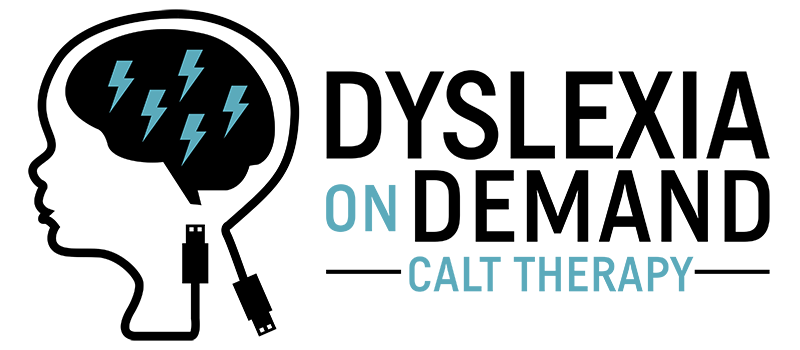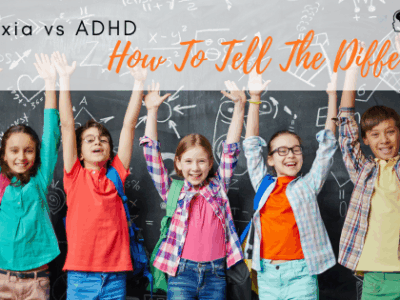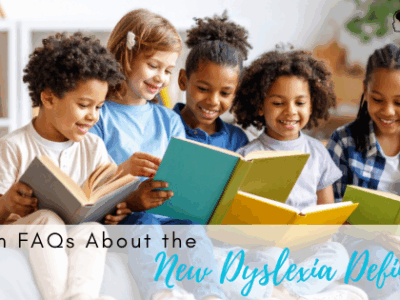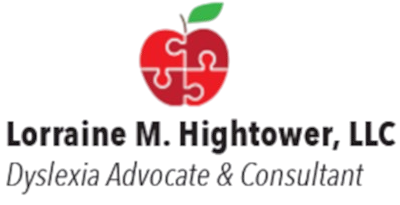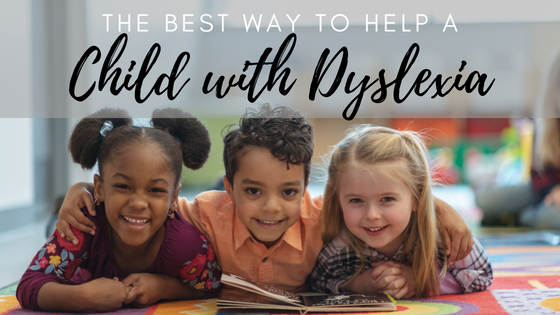
The best way to help a child with dyslexia
Every school year tens of thousands of parents get the news that a school screening indicates that their child has dyslexia. For many parents, that determination doesn’t come as a surprise. Either way, those parents are most likely wondering about the best way to help a child with dyslexia.
It’s important to remember that the impacts of dyslexia are multifaceted and diverse. While there are many effects that are easily discernable, there are many that are below the surface. As we are working to empower dyslexics, its essential to address the dyslexia iceberg — the impacts that are both above and below the surface.
The best way to help a child with dyslexia
The more visible impacts of dyslexia are typically recognized when a child begins to learn to read. While learning to read can be difficult for many children, dyslexic children have specific difficulty with decoding words and phonic awareness. Spelling and writing are also impacted, which is why the neurodivergence is often identified in kindergarten or first grade. Identifying learning differences early is especially important, as the earlier dyslexia is identified the sooner dyslexia therapy can begin to minimize the impacts of the disorder. Because of that, early screening has been mandated in many states.
Helping dyslexia effectively requires intensive therapy with a professional Certified Academic Language Therapist using proven methods. Tutoring alone will provide – at best – a temporary boost that will not address the learning difference in the long term.
The impacts of dyslexia that are beneath the surface
Particularly once school starts, dyslexic children begin to realize that what comes easier for their neurotypical peers does not necessarily come so easy for them. The classroom environment can inadvertently exacerbate potential mental health impacts for a child who is not receiving support for their learning difference. For example, taking turns reading aloud can be both frustrating and embarrassing for a struggling reader.
Frustration and shame can lead to anxiety and depression. A lack of confidence and low self-esteem can manifest in behavior problems and social isolation. Many of these issues will be resolved as a child gets effective help with those above the surface dyslexia impacts. Not only will they be able to more closely match their classmates academically, they will also realize that their learning difference does not indicate that they are less capable than their peers.
How to help with the invisible impacts
In many instances, the invisible impacts of dyslexia will begin to resolve themselves as the neurodivergent child is empowered with effective dyslexia therapy. Many of those symptoms, however may be more deep seated. Mental health support can help a child with dyslexia regain self-confidence and build self-esteem.
For more information on helping a child with dyslexia through dyslexia therapy, call 888-292-3906 to schedule a consultation with Dyslexia on Demand. If your child needs mental health support due to their learning differences, Dyslexia on Demand also offers dyslexia mental healing and support services.
